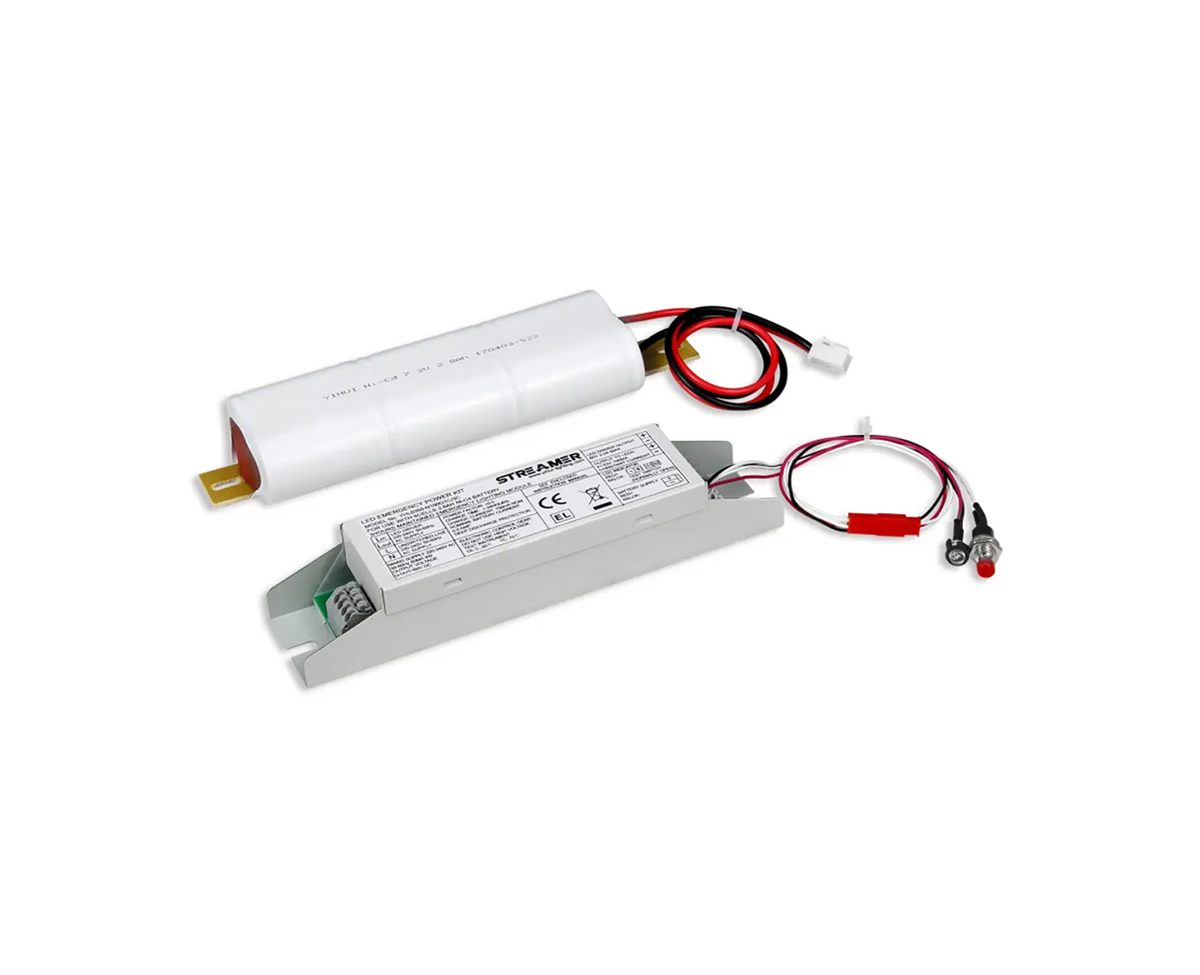 1
1
 Jan 01, 2025
Jan 01, 2025

Energy saving is a significant aspect when it comes to LED emergency drivers. These drivers can offer substantial energy savings compared to traditional lighting technologies. One way they achieve this is through intelligent power management. They can automatically adjust the power output based on the ambient light conditions and the battery charge level. For instance, during daylight hours or when the battery is low, the driver can reduce the power supplied to the LEDs to a minimum level, conserving energy. This feature is particularly useful in applications such as emergency exit signs, where the lighting is only required to be fully illuminated during an actual emergency.
Another energy-saving characteristic is the ability of some LED emergency drivers to operate in a standby mode with extremely low power consumption. When the main power is available, the driver consumes very little power while remaining ready to activate the LEDs in case of a power failure. This standby power consumption can be as low as a few milliwatts, compared to the relatively high standby power of some older lighting systems.
Moreover, the use of energy-efficient components and optimized circuit designs in LED emergency drivers further reduces power losses. By minimizing resistive losses and improving the overall power factor, these drivers can ensure that the energy drawn from the power source is utilized more effectively. This not only helps in reducing the electricity bill but also contributes to a greener and more sustainable environment.